Gardening advice: where I learn the difference between answers that help you versus answers I’m seeking just for me. Let me explain, as I share flower images from my garden!
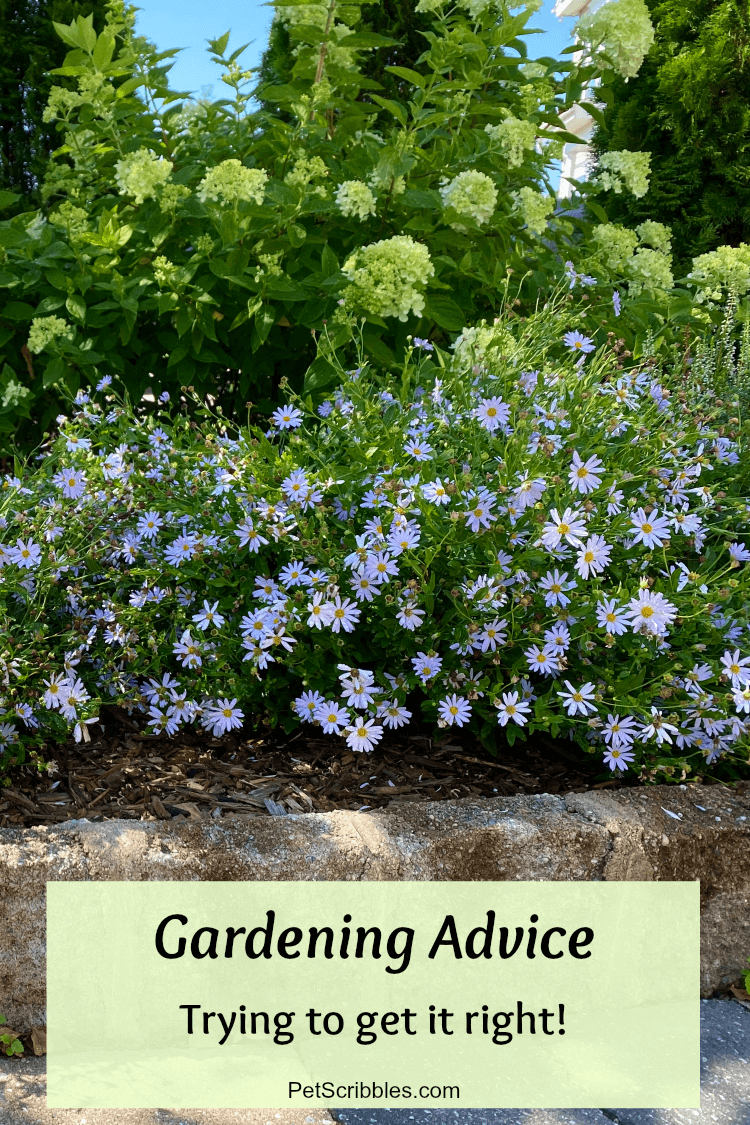
Not too long ago, I spent an inordinate amount of time searching the internet for an answer to a burning gardening question.
It wasn’t a question I was trying to answer for you who read my articles. Instead, it was an answer for me.
Many thanks to my husband for helping me understand the difference.
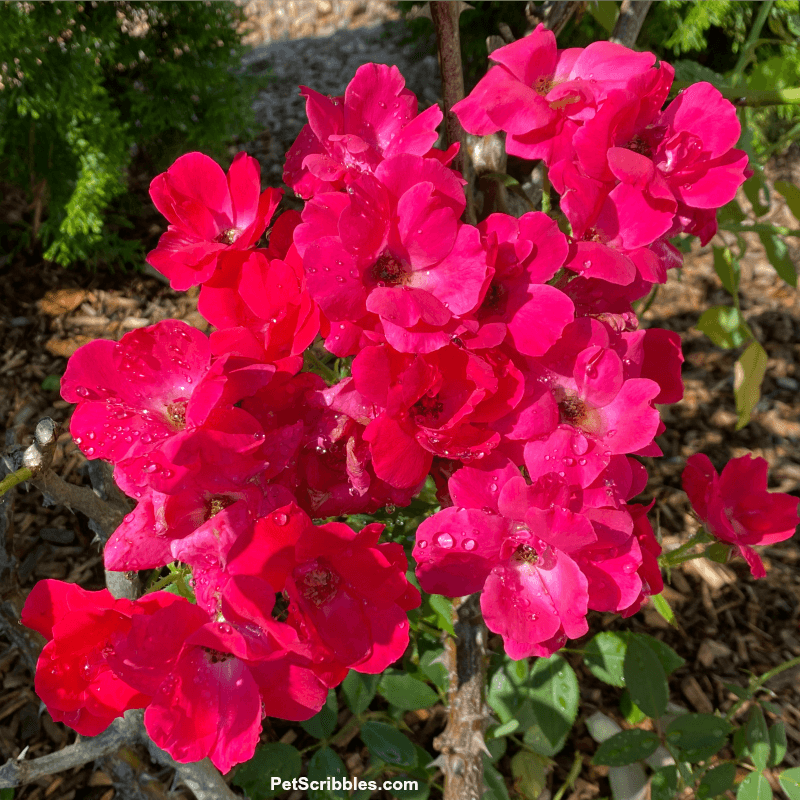
I was working on my article about Rudbeckia fulgida Goldsturm, a wonderful Black Eyed Susan. This variety of Black Eyed Susan was developed in Germany in the late 1930s — after being spotted in the former Czechoslovakia — and then introduced widely after World War II. Doesn’t this mean it was introduced *from* Germany?
However, everywhere I look, I’m told it is a native plant in the United States.
My question — which was totally consuming me a few days ago — was this:
How can a plant originally discovered growing in the former Czechoslovakia, then developed in Germany, be called *native* to the US?
I need to know and understand why this is.
It was — and still is — driving me batty!
And truthfully? I was driving my husband nuts too.

My ever-so-patient husband, listening to my plaintive cries for help, encouraged me to realize the answer won’t affect how you or I or anyone as gardeners grow and care for Goldsturm Black Eyed Susans.
Sigh.
He had a point.
He always has good points.
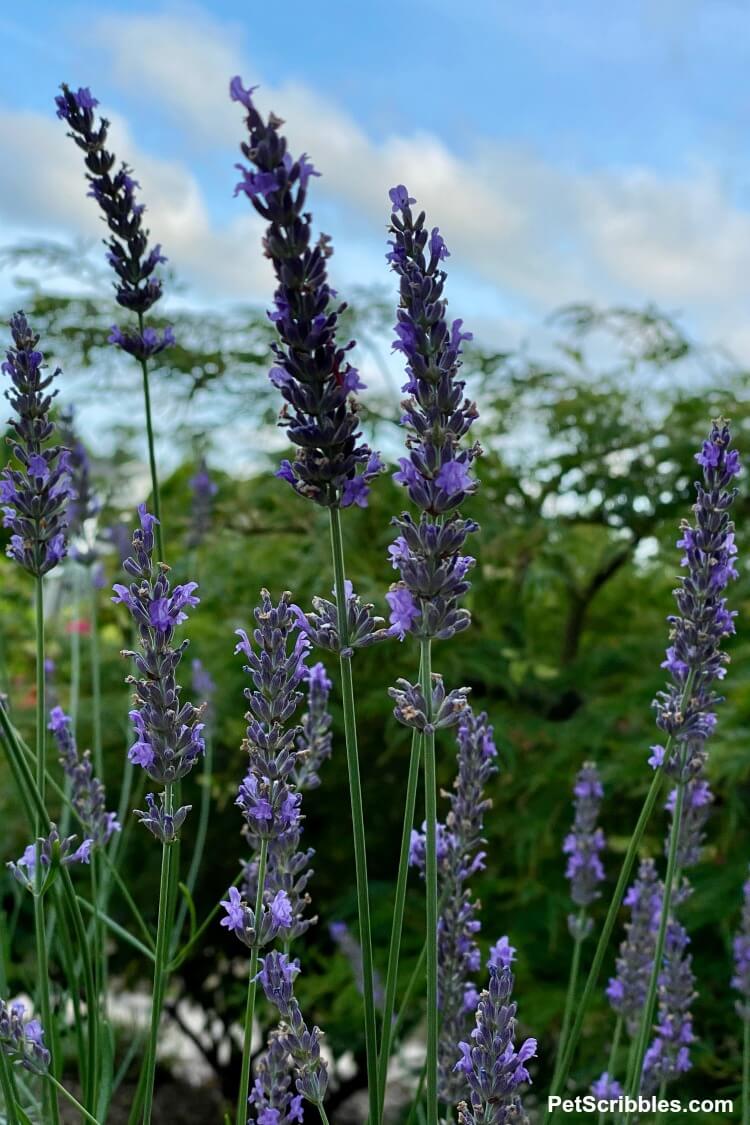
Nobody is going to click away from my website because I may not be 100% sure that Goldsturm Black Eyed Susan is truly a US native plant.
And that’s when I decided to remove the mental logjam in my brain and continue writing my article.
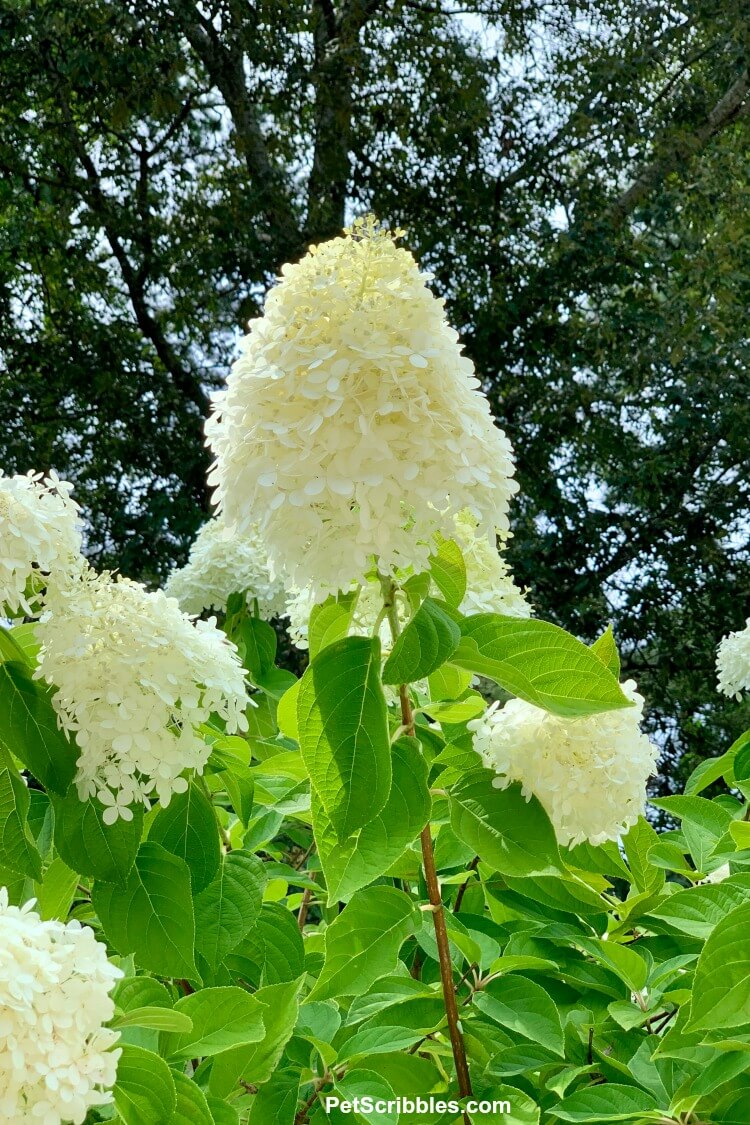
Equally important for my own gardening geek knowledge needs?
Time does not have to stop while I try and figure out the real answer to this question. In fact, I can even put this question on the proverbial back burner to simmer while I work on much more important things.
I’m gently mocking myself here.
You have no idea how wrapped up I can get in a question I want answered, to the point where Everything. Just. Stops.
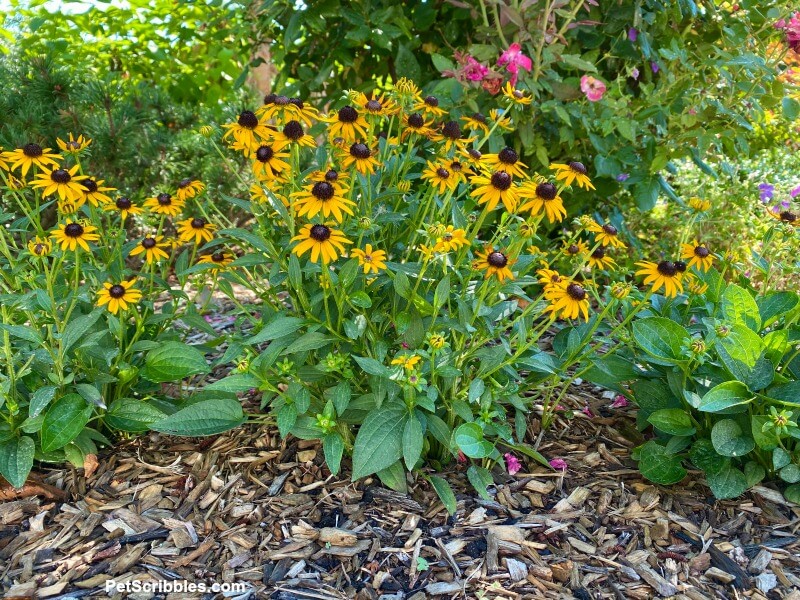
I strive to get it right when bringing you gardening tips, plant profiles and sharing my successes and frustrations. Keeping it real and providing facts you can use is always my goal.
You’ve graced me with your visit to my website, therefore giving helpful garden advice is my thank you.
I do a happy dance each time I snap a perfectly pretty flower image to share with you. However, sharing the *real* images of what these same flowers look like year-round — the good, the bad and sometimes the ugly — is also something I enjoy. And not something you find in nursery catalogs.
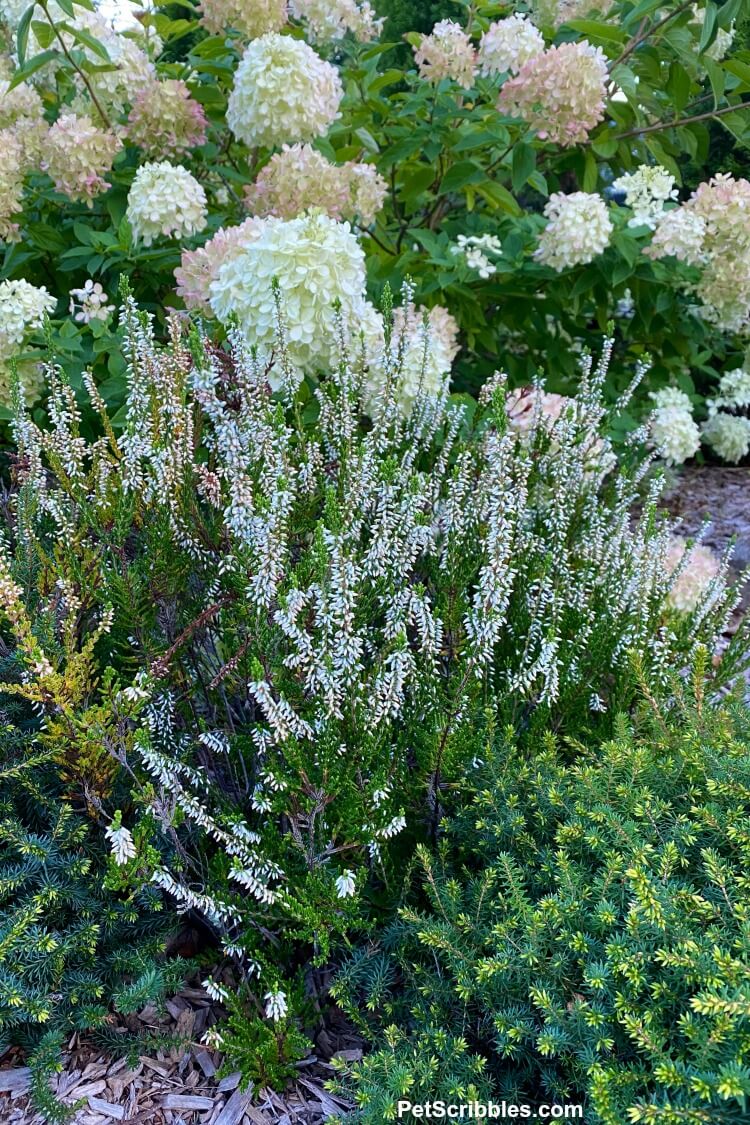
But.
I research and I learn. Occasionally, I obsess about facts. Facts that do not affect caring for a plant.
When that happens, I need to ask myself, “Will this affect the gardening advice I’m sharing here? Will I be called out for not having *all* the answers about this plant?”
Gardening advice: I’m just trying to get it right.
Thanks for listening.
And happy gardening!
PS — These images are part of Six on Saturday, which I look forward to every Saturday. Gardeners share six images from their gardens on Instagram, on Twitter and via their blogs. From all over the world! Look for the hashtag #SixonSaturday and click over to The Propagator blog to learn more!

Leave a Reply